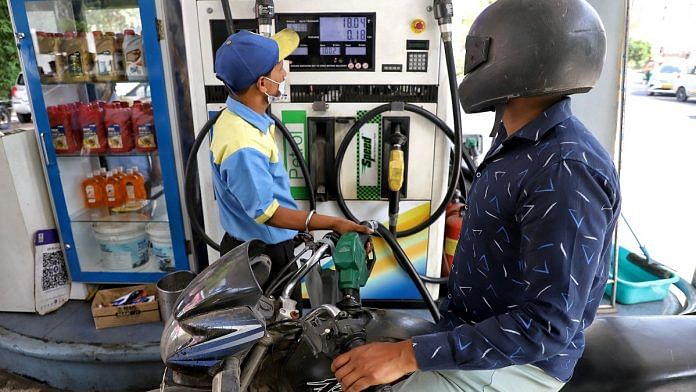By June 2022, almost all the petrol sold for automotive vehicles in India had achieved the 10 per cent blending target of ethanol. Earlier this year, Prime Minister Narendra Modi unveiled E20 petrol—a blend of 20 per cent ethanol with petrol. But it still has limited availability and cannot be used by vehicles that do not conform to Real Driving Emissions norms.
Higher ethanol levels change mainly the plastic and rubber components of engines. While this may not be instantly noticeable in vehicles with smaller engines, you can sense a slight sluggishness in your car when you fill it with E20 fuel. But it is not as pronounced as say on a CNG vehicle.
The government has saved an estimated Rs 50,000 crore in foreign exchange through ethanol blending, and is projected to save Rs 30,000 crore annually with the widespread adoption of E20. Domestic production of ethanol from feedstock like sugarcane and grains will benefit Indian farmers, as Nitin Gadkari never fails to remind us.
This all seems great, right? It is Atmanirbharta at its very essence. But in my previous columns on this shift, I have highlighted aspects such as ethanol’s lower energy density compared to petrol, and the carbon-intensive nature of ethanol production and distillation in relation to crude oil refining.
It also made me think about food security. A recent report by New Delhi-based think-tank Arcus Policy Research—one of its authors is former agriculture secretary Siraj Hussain—points out that increasing ethanol demands from the automotive industry will adversely impact both food security and land-use. It is of concern considering the role of climate change on crop patterns.
Also read: Hero has brought Harley-Davidson to challenge Royal Enfield. Can the X440 shake middleweight?
Sugarcane, rice and ethanol
Food security is important in a nation as populous as India, and it would be inimical to the nation’s interests to sacrifice that at the altar of cheaper fuel. This push for domestic production of ethanol does not even consider the immense cost of diverting water to crops like sugarcane and rice. While some may argue that stocks from the Food Corporation of India (FCI) can be used, that is not a long-term solution.
Interestingly, as Indians get richer and poultry consumption increases, more maize and other grain may be diverted towards feed, which in turn will bring food security back into focus. India is a major rice exporter, and diverting rice for ethanol production is not a feasible solution.
It will also increase the cost for the end consumer given that rice is a staple in many states.
This is notwithstanding Congress leader Jairam Ramesh’s recent statements that the Central Government is not giving rice to the Karnataka government out of spite.
The fact is that when India first started talking about ethanol blending, it was a much poorer country than it is today. The rationale of saving foreign exchange was important once upon a time, but it is important for policymakers to realise that India and the world are currently facing other pressing issues.
If the reduction of fuel imports is an overwhelming need, which I doubt it is given that Indian refineries have made a killing processing Russian crude over the past year, then the government should promote hybrid vehicles.
As I wrote last week, hybrids such as the new Toyota Innova Hycross have caught the attention of buyers thanks to their incredible fuel economy. It also has the other positive side-effect of reducing carbon emissions.
This is not to say the government should step back from the current E10 blend, as it is already a reality. And as fuel usage increases with more and more cars being bought by Indians, a sustainable demand for ethanol will remain. However, ethanol blending can only be a small step toward the future.
If India aims to meet its commitment to reduce carbon emissions to ‘net zero’ by 2070, the automotive sector will have to rapidly transition to lower-emission vehicles. Instead of ethanol, the government, the industry, and the agricultural sector should work towards sustainable solutions such as the large-scale production of green hydrogen.
@kushanmitra is an automotive journalist based in New Delhi. Views are personal.
(Edited by Ratan Priya)



